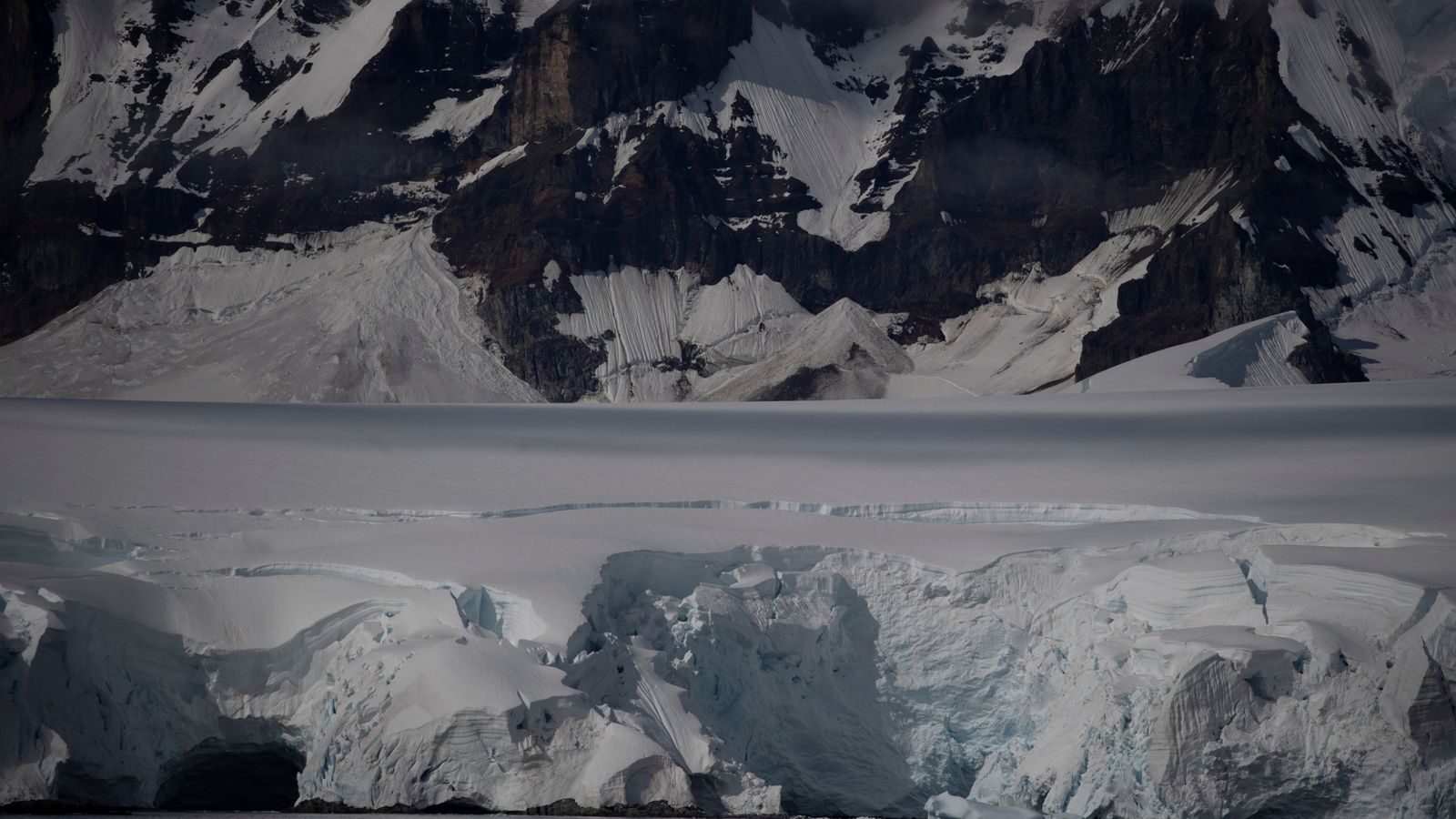OF THE
TIMES
The course of life and labour reminds me of a long journey I once took on the railway. Suddenly, there was a breakdown ahead, and passengers took the event in various ways. Some of them sat still resignedly, and never said a word. Others again, went to sleep. But some of us leaped out of that train, and ran on ahead to clear the road of all obstructions.
I had thought the more appropriate reaction for Iran would be to pick an Israeli Embassy in a nice city - say, Paris - and ... But that would have...
Jon Rappoport brings up a number of good points here Was the Iran attack orchestrated by amateurs? [Link] Sounds like an agreed upon Clown Show!
33 in a news story again.
Sun Tsu approves this message.
'' We have it all messed up in our heads.'' Robert Fico seems to have his head working correctly.
To submit an article for publication, see our Submission Guidelines
Reader comments do not necessarily reflect the views of the volunteers, editors, and directors of SOTT.net or the Quantum Future Group.
Some icons on this site were created by: Afterglow, Aha-Soft, AntialiasFactory, artdesigner.lv, Artura, DailyOverview, Everaldo, GraphicsFuel, IconFactory, Iconka, IconShock, Icons-Land, i-love-icons, KDE-look.org, Klukeart, mugenb16, Map Icons Collection, PetshopBoxStudio, VisualPharm, wbeiruti, WebIconset
Powered by PikaJS 🐁 and In·Site
Original content © 2002-2024 by Sott.net/Signs of the Times. See: FAIR USE NOTICE

Reader Comments
I then watched the signs swaying.. and paid for my stuff.
a few people bolted for the door. I only lived in San Diego for a short time.
Best of Marvin the Martian - YouTube